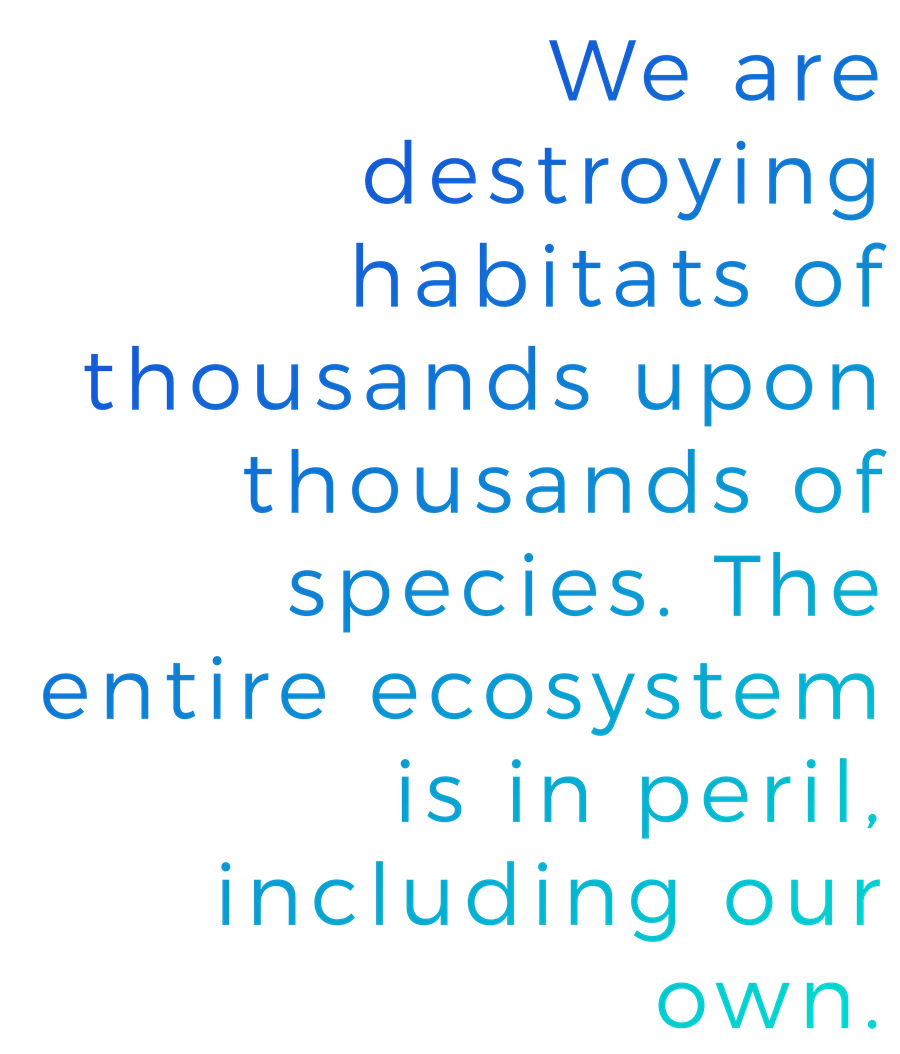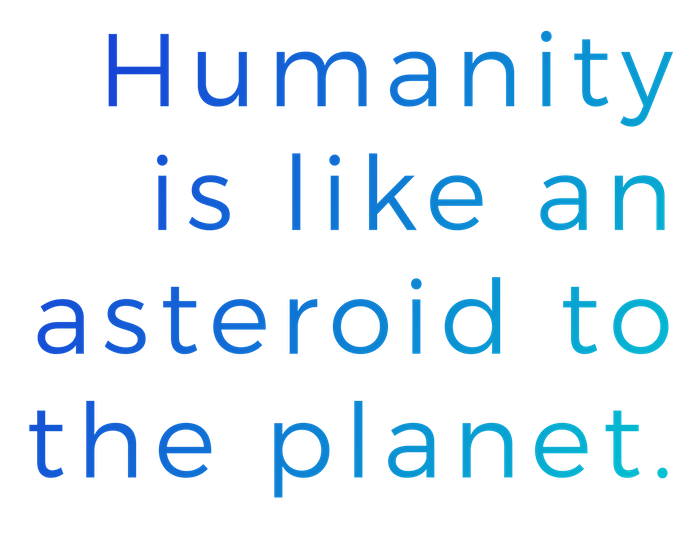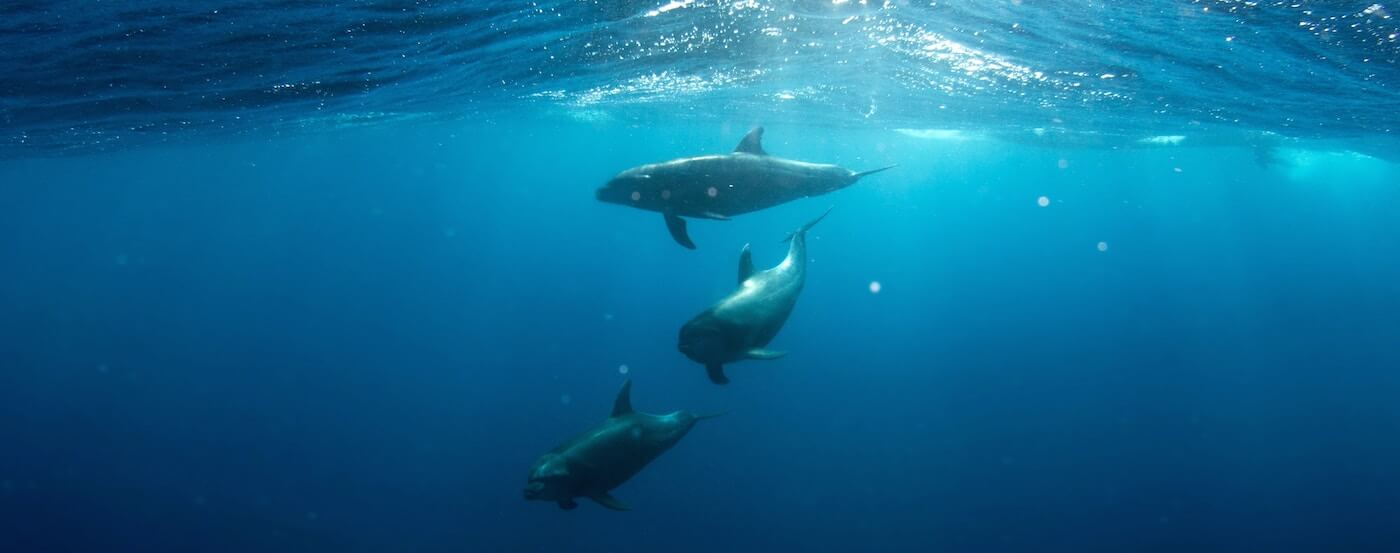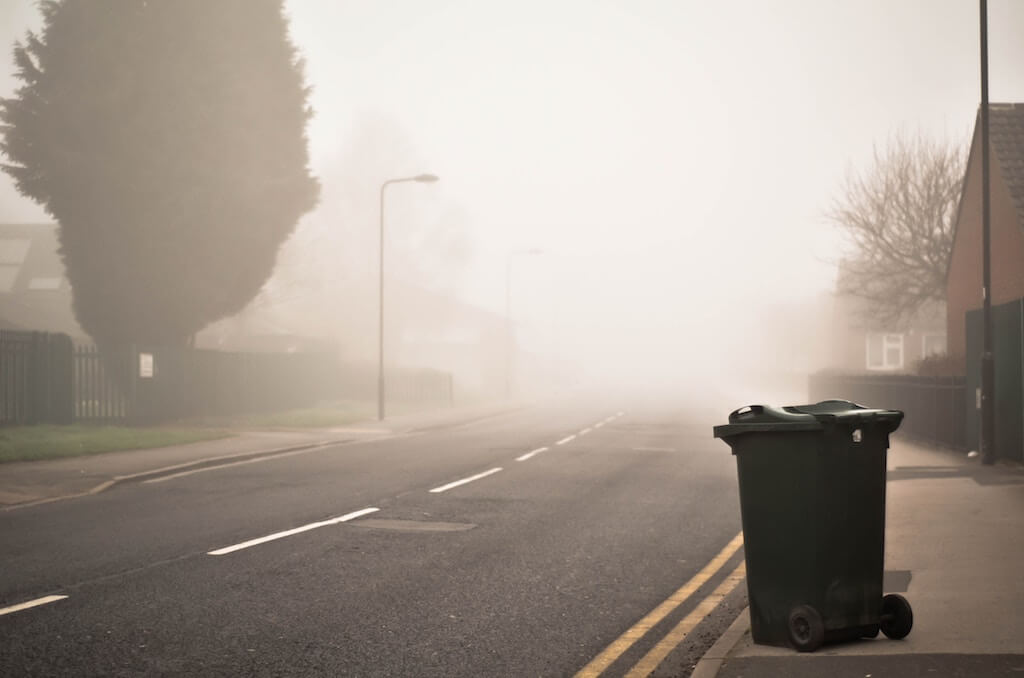THE UNEQUIVOCAL OCEAN CRISIS
The following is the first of a three-part excerpt from One Person Acted and Everything Changed, a book that chronicles ten accounts of extraordinary people who risked everything to change the world.
 magine for a moment that you have verifiable, scientifically proven information about an unfolding situation that is destroying half the species on the planet, and, if left unchecked, the very earth as we know it. Imagine further that political and business leaders all over world hold the same knowledge, yet will not take action to stop it either because it could impact their economies or cut into their profit margins. You understand it is up to your generation — not your children’s generation, but your generation alone — to prevent and reverse the destruction, because if you fail to act now, it will simply be too late.
magine for a moment that you have verifiable, scientifically proven information about an unfolding situation that is destroying half the species on the planet, and, if left unchecked, the very earth as we know it. Imagine further that political and business leaders all over world hold the same knowledge, yet will not take action to stop it either because it could impact their economies or cut into their profit margins. You understand it is up to your generation — not your children’s generation, but your generation alone — to prevent and reverse the destruction, because if you fail to act now, it will simply be too late.
Finally, imagine you possess the skills, knowledge, experience, and courage to educate the world’s population and inspire them to change course and prevent further destruction. You will need to devote every bit of energy, money, effort, and years of life you have left in the hope it will be enough. You must risk standing up to big government, big oil, big business, powerful politicians, self-serving lobbyists, and astonishing corruption and apathy. Would you take on that challenge?
Louie Psihoyos chose to do exactly that, with no halfway measures. He is out to expose complex, global environmental issues and advocate sustainability through the use of film, photography, social media, and collaboration. He founded the Oceanic Preservation Society (OPS) to serve as the catalyst.

While Oceanic Preservation Society may not sound revolutionary, consider that OPS is a double-entendre for special operations — military-speak for a small number of undercover, highly trained individuals who carry out secret missions on unsuspecting targets. This is precisely what OPS does. Their mission statement is as strong as it is succinct: Expose the Truth. Protect the Planet.
Logic may dictate that protecting the health of our oceans would not, and certainly should not, necessitate covert operations, so the question is: Who or what are we saving the oceans from? And why did this National Geographic photographer abandon his successful and enviable career to devote his life to the OPS mission? What urgency is driving him to take out all the stops — projecting his message on movie screens in over 220 nations, and on the face of such iconic buildings as the Empire State Building, the United Nations building, and St. Peter’s Basilica in Rome — in order to get the word out as quickly and broadly as humanly possible? Why are he and his team employing the latest in undercover technologies, including hidden microphones, buttonhole cameras, and James Bond inspired stealth vehicles?
The answers to those questions are best revealed by following the trajectory of Psihoyos’ career, by examining the current threats our planet is facing, and by peering inside the worlds of science, politics, business, and the illegal sale of endangered species.

 rom the time National Geographic hired him at the age of 23, Psihoyos wanted his photographs to make a difference in the world. He was the first photojournalist hired in a decade by the highly revered magazine, an action that reflected their appreciation for not only his ability to compose a great photo, but also for his technical skills, his intellect, and his deeply held values.
rom the time National Geographic hired him at the age of 23, Psihoyos wanted his photographs to make a difference in the world. He was the first photojournalist hired in a decade by the highly revered magazine, an action that reflected their appreciation for not only his ability to compose a great photo, but also for his technical skills, his intellect, and his deeply held values.
“I came from the school of what you might call a concern photographer, in that if you could show man’s inhumanity to man, you could influence change,” Psihoyos said.
Psihoyos proved he could effect change with a story he proposed and shot for the magazine in 1983. Influenced by an earlier story he had photographed on the incredibly high value of the things we discard into landfills — such as materials we first mine and later consider garbage — he was inspired to investigate recycling, an experiment being piloted in only two cities in the United States. That particular National Geographic issue about the value and promise of recycling reached 44 million highly educated readers. Letting people know what was possible with recycling at a time when most Americans were completely unaware had a significant impact on him. He came to fully understand how he could use his photographic skills to inspire action on a massive scale.
During his 17 years with the magazine, he shot four stories about animal extinction, and for nearly a decade his career centered on stories about paleontology. Paleontology is the study of the history of life on earth based on what fossils reveal. It tells us about the role and place of humans and of ecologies of the past. That long view of our planet’s history can and often does reveal the future, and in this case, reveals a very disturbing trend of a growing mass extinction.
“A lot of my friends work in paleontology, and I’ve been on dinosaur digs all over the world,” Psihoyos said. “I have witnessed the frustration of scientists who have been warning us for years that we must stop putting carbon into the air if we are to prevent another mass extinction.”
 The problem is, no one listens to scientists.
The problem is, no one listens to scientists.
Inevitably, Psihoyos made the connection between the mass extinction of the dinosaurs he was photographing and the global destruction that is threatening so many of our most beloved creatures today.
“You begin to think, ‘That was so long ago,’ but a similar mass extinction is going on right now,” Psihoyos said.
So, how bad is the situation today? How significant is our human impact on the planet in terms of extinction? Looking only at oceans for the moment, consider that a full 90 percent of all large fish are already gone from the sea. That is an astonishing number, yet even today few people are aware of it. When we do hear it, it can be difficult to embrace and comprehend the enormity of it, and many resist letting it in.
A troubling realization for Psihoyos was that only a tiny number of individuals truly understand the gravity of a mass extinction, and most do not realize that we are currently in the midst of one. Many of our planet’s most beautiful creatures are disappearing at this moment and will never return. That list includes everything from tiny birds in the Amazon to the strongest and most awe-inspiring mammals we have come to love. African lions are on the absolute edge of extinction, down 90 percent in the past few decades; every species of tiger on earth is teetering on the edge; and even elephants, the ubiquitous symbol of strength and endurance, are all but gone. With 100 elephants being poached daily for their ivory, their extinction could happen as soon as 2020.
There are several factors driving this unprecedented destruction, and they are all related to human activity: wide-scale commercial fishing and hunting (both legal and illegal); shipping traffic, which is decimating the blue whale; rapid ongoing destruction of rainforests, and with them, thousands of natural habitats; and global warming, which is continually raising the temperature of our oceans. For river and sea mammals, there are added problems of dams and boat traffic, entanglement in discarded commercial fishing gear, an array of discarded plastics, spills from oil and gas development, and a host of other pollutants.
We are destroying habitats of thousands upon thousands of species. The entire ecosystem is in peril, including our own.

 ith so much of our planet and its ecosystems under attack, why did Psihoyos decide to focus his energy primarily on saving the oceans? Simply put, the oceans are essential for all life on the planet. While rainforests provide just over a quarter of the oxygen we breathe, marine plants provide two out of every three breaths we take.
ith so much of our planet and its ecosystems under attack, why did Psihoyos decide to focus his energy primarily on saving the oceans? Simply put, the oceans are essential for all life on the planet. While rainforests provide just over a quarter of the oxygen we breathe, marine plants provide two out of every three breaths we take.
Here is the point of urgency: scientists estimate that in the past 40 years we have lost half the ocean’s microscopic marine animals, or phytoplankton, and we continue to lose plankton at the rate of about 1 percent a year due to the warming of our oceans. We are putting tremendous amounts of carbon in the air, and an alarming amount of it is being absorbed by our oceans.
Psihoyos explains the impact of that seemingly small 1 percent: “You start to think of the ramifications. About 70 percent of carbon is being absorbed by plants and trees, and 30 percent by the oceans. We used to think that was a good thing, but now we know that carbon is acidifying the oceans. When carbon dioxide reacts with water, it creates carbonic acid. When you start to acidify the oceans, everything with a carbon shell — like coral, shellfish, and some plankton — suffer dramatically. Almost all life in the ocean depends on creatures with a carbonic shell. Experiments have revealed that plankton and other carbon-shelled marine life are not able to grow their shells adequately, reducing their nutrition. That impacts all the fish in the food chain, including humans.”

While it isn’t possible for humans to physically see changes in phytoplankton (millions of them fit into one drop of water), it is hard not to see the dramatic visual changes in coral reefs. It made worldwide news recently when scientists at James Cook University in Australia documented that 93 percent of the Great Barrier Reef is now bleached to some degree, one-third of it severely. Coral bleaches when its polyps get stressed from rising water temperatures, and they emit the colorful algae that live within them, making visible the white skeleton underneath. Coral reefs are bleaching from warming oceans, and oceans are warming with the increasing frequency and intensity of El Niño events. While an El Niño is a natural climate phenomenon, climate scientists largely agree that the uptick in its occurrence and severity is due to human-induced climate change.
“I look at where we have been, where we are now, and where we are going. We are losing the oceans at an incredible clip — and not just the oceans, but all life on the planet,” Psihoyos said. “We are losing about 30,000 species a year! Species have always come and gone, but we are accelerating this rate to the point where we are facing a mass extinction … to the point that we could lose half or more of all species by the end of the next century. Humanity is like an asteroid to the planet.”
The good news is we have many, many ways to fix this problem. The question is: do we have the collective will to do it fast enough?




